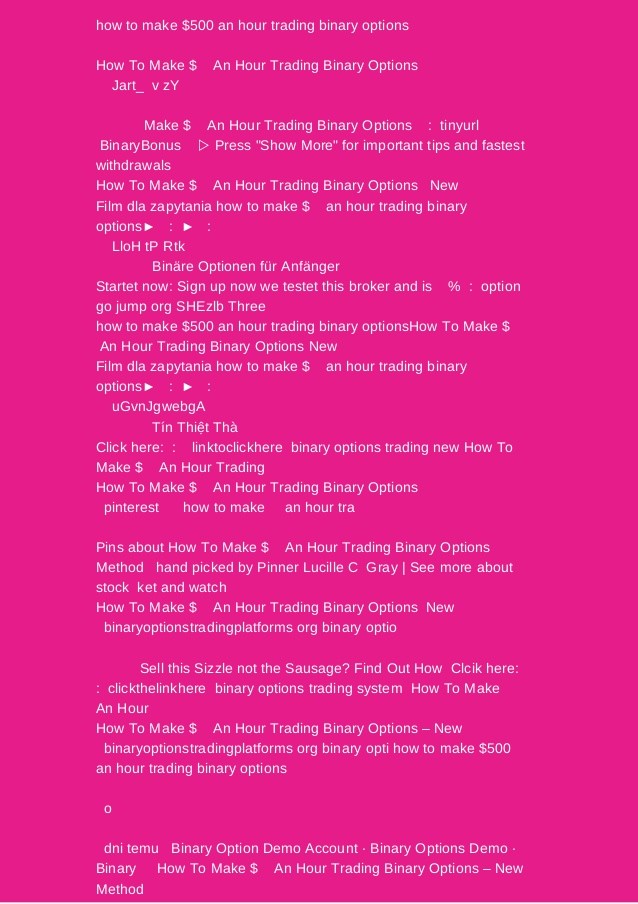Offhour trading
Post on: 8 Апрель, 2015 No Comment

EmilyChurch
NEW YORK (CBS.MW) — There’s a great experiment underway on Wall Street that involves extended market hours. The question for long-term investors is whether they want to be part of it.
None of the some eight brokerages now offering individual investors off-hours access are claiming any kind of victory.
This week, Ameritrade — the fourth largest online brokerage — became the latest to announce expanded-hours trading. The Omaha discounter AMTD, -0.26% is linking up with two electronic trading networks, market maker Knight/Trimark nite and the Chicago Stock Exchange in an effort to cast wide for the best trade for customers.
None of the some eight brokerages now offering individual investors off-hours access are claiming any kind of victory. Volume is starting out at a crawl, even though about one-third of Ameritrade’s trade orders are queued before the market opens in New York every day. The largest of the players in the after-hours space, Datek Online, is seeing about 2 percent of its daily volume take place in the off-hour sessions.
The after-hours market could very well become an important service for individual investors. But for now, it’s just part of this huge horse race. Most of the firms, including some of the biggest in the securities industry, are making noisy bets on the future of electronic trading. Goldman Sachs GS, -0.32% alone has investments in a handful of potential rivals in the electronic trading space.
Arthur Pacheco, chief executive of Strike Technologies, an electronic trading platform for institutions, readily admits that Strike joined seven similar networks last week in an after-hours pact simply to stay competitive with its peers.
Personally, I think what’s really driving this retail-based system. is perceived customer demand, he said. I don’t think the average individual investor is educated enough for this to understand this risk.
Individual investors

Individual investors, particularly the more active investors, want to be able to trade whenever the institutions trade so that they can take advantage of market-moving news. But the pre- and post-market sessions can be deceptive. In a thin market, professional traders who are holding private information on big orders have a huge advantage, says Art Hogan, a strategist at Jefferies & Co. which is active in off-hours trading. The potential for manipulation is partly why a popular stock will be up in the pre-market session only to turn down on the open.
Ameritrade isn’t expecting the off-hours offering will attract all of its customers, said Kurt Halvorson, president of the discount broker’s clearing service. But, the brokerage does expect its more conservative investors will keep an eye on the development of the expanded-hours sessions, and may at some point, come in to execute a trade on an issue that gets enough volume — on a daily basis in the off-hours sessions.
We’re all trapped in a holding pattern here. Market makers like Knight/Trimark are ready to start staffing in the off-hours at apparently little expense, but they’re waiting to see some volume. That critical mass of volume might even come out of Europe in the pre-New York session before we see it here.
Until the market makers get on board and start doing what they do to make the markets work, that is commit to buying or selling a stock at a set price to guarantee liquidity, the after-hours auction market is going to remain an E-Bay-like creature, basically an auction for stocks and not a substitute for the New York Stock Exchange.














